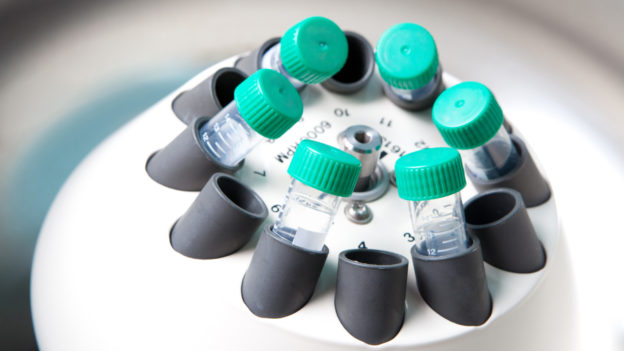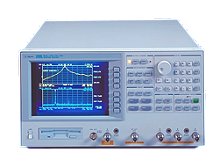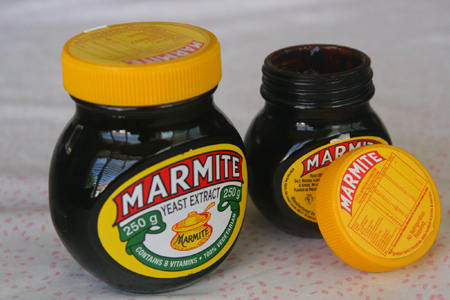Are you looking to buy or sell a used centrifuge? This blog will help you.
Centrifuges are used across a myriad of industries, quietly facilitating processes crucial for research, manufacturing, and quality control.
From separating components in biological samples to refining industrial materials, these precision instruments play an indispensable role in countless applications. However, acquiring brand-new centrifuges can present a substantial financial investment, particularly for businesses navigating budget constraints or seeking to optimize their capital expenditures.
Let’s see how buying and selling these machines can save you money, streamline your operations, and pave the way for sustainable business growth.
What are Centrifuges?
Centrifuges separate substances based on density or particle size and come in various forms, tailored to specific needs. Laboratory centrifuges, for instance, cater to scientific research, while industrial centrifuges power large-scale manufacturing processes.
In pharmaceuticals, they’re indispensable for isolating compounds and purifying drugs. Biotechnology relies on centrifuges for cell harvesting and protein separation. Even in the food and beverage sector, they play a crucial role in clarifying liquids and extracting oils.
Understanding the nuances of centrifuges, from their fundamental principles to their diverse applications, lays the groundwork for informed decision-making in the realm of buying and selling used equipment.
Tips for Selling Used Centrifuges
You can sell your used centrifuges online. To get the most value from them, be meticulous about preparing them. Ensure they are thoroughly cleaned, properly maintained, and fully operational before listing them for sale.
Your pricing strategy should strike a balance between attracting buyers and safeguarding fair value. Research the market to understand prevailing prices and factor in the condition, age, and specifications of your centrifuges when determining your asking price.
When listing your used centrifuges for sale, provide detailed and accurate descriptions of their features, specifications, and condition. Transparency builds trust with potential buyers and increases the likelihood of a successful transaction.
Tips for Buying Used Centrifuges
Before making a sight-unseen purchase of a used centrifuge, it’s crucial to thoroughly research the various types and models available to ensure they align with your specific needs and applications.
Start by identifying the intended use of the centrifuge, whether it’s for laboratory research, industrial processes, or other purposes. Then, explore the different types of centrifuges, such as high-speed or refrigerated centrifuges, and their respective models from reputable manufacturers.
With a solid understanding of the centrifuge landscape, you can narrow down your options and focus on models that meet your requirements.
Before committing to purchase, verify that components like motors, rotors, and control systems are fully functional. Additionally, inquire about the centrifuge’s maintenance history and any past repairs. Gathering this information will help you make an informed decision and help mitigate potential risks associated with purchasing a used centrifuge.
Questions Buyers Should Ask
Before investing in a used centrifuge, find out how old the accessories are.
Also verify the availability of spare parts. If the equipment breaks down and repairs are preferable to replacement, you want to be sure that spare parts are available.
Ask for a decontamination certificate from the seller. Without knowing the centrifuge’s history, ensuring cleanliness is vital.
Finally, ask if the centrifuge is covered under a warranty.
Post-Sale Considerations
After completing the purchase, be sure to conduct a thorough post-purchase follow-up and ensure ongoing support from the seller. Upon receiving your centrifuge, inspect it carefully to verify its condition and functionality. If you find any discrepancies or issues, notify the seller promptly to address them and seek a resolution.
Conclusion
In conclusion, buying and selling used centrifuges offer significant advantages such as cost savings and accessibility. Used-Line is the one-stop site for buyers and sellers of centrifuges on the web, connecting 1000’s of equipment buyers and sellers.










